I have now watched Bullet Re-Loaded several times, which has led me to read up on some of the political and economic circumstances of the times. Prior to watching either of the DVD's, the best overall view I had was from TR7 the untold story. It seemed to me that the failure of the US launch and shortcomings of early cars were blamed on the Speke workforce (who even now are referred to as 'gypsies, tramps and thieves' on a US forum). This did not sit well with me; my understanding is that management made a total cock-up of the implementation of MDW, and the early lack of tooling and constant specification changes must have made smooth production impossible. The launch was nothing more than suicide given the botched state of the press cars, and lack of availability of parts to meet warranty obligations, makes you wonder if certain sectors of BL management tried to sabotage the project there and then. I have also been looking at the US safety regs in some detail, and the effect they had on other producers. I have a list of all the US official re-calls, but does anyone know what the faults were in the class-action lawsuit filed against BL, resulting in Nader's complaint to the NHTSA?
Having read House of Commons reports, and Edwardes book,(I also have Derek Robinson' s commie rant in response to the 1979 Recovery Plan) it appears that factory closure and scaling down the business was government policy well before Thatcher came to power, and that Callaghan wanted Triumph binned altogether in 1978. As Canley and Solihull were also under review at the time, they would have probably closed all three factories if they could have got away with it. Makes me wonder if the TR7 was saved to keep these factories going just long enough so they could stagger the closures?

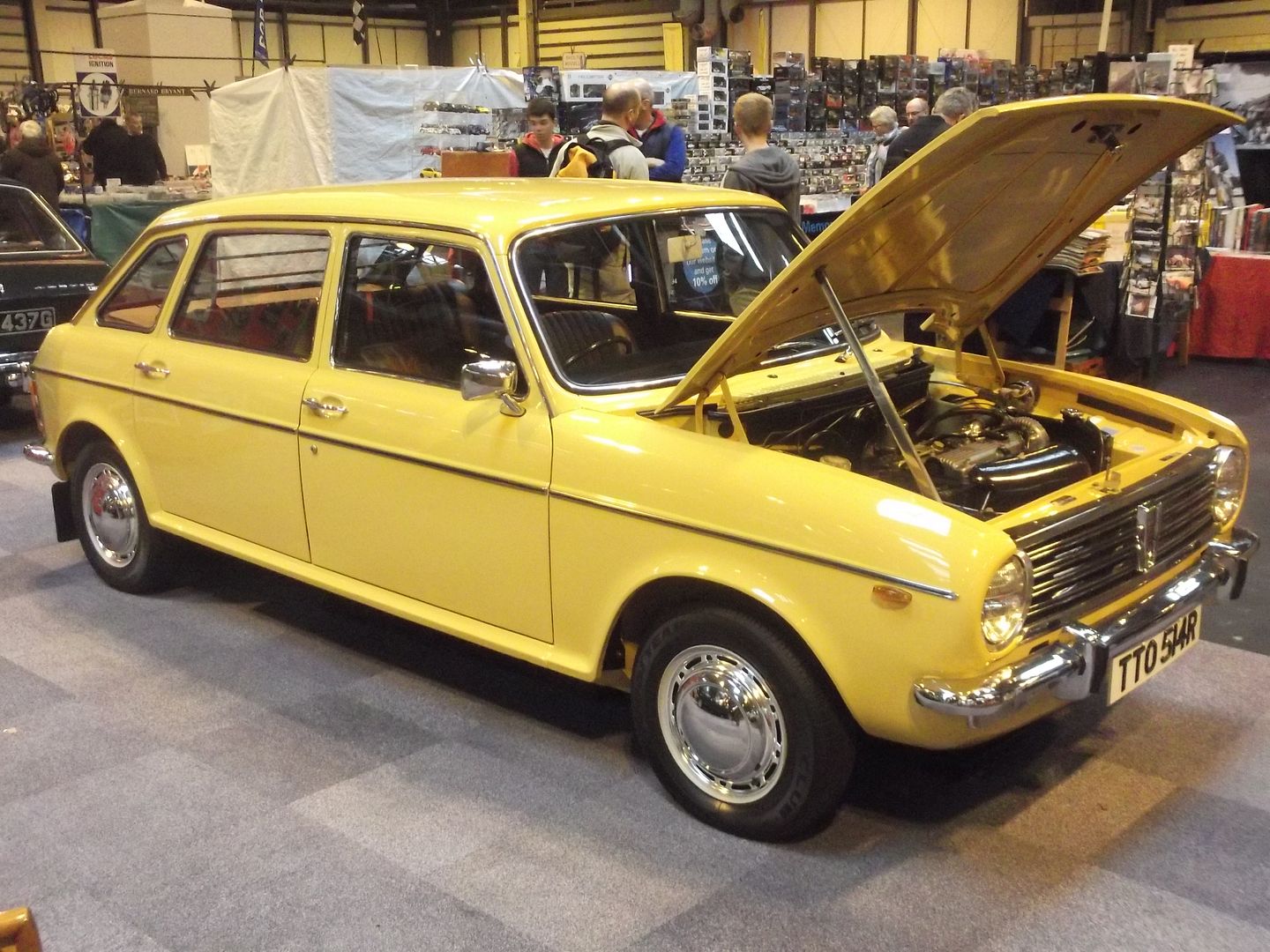
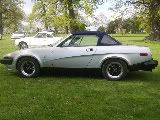
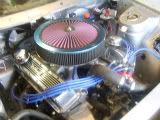
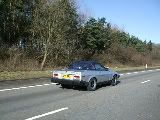
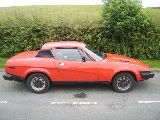


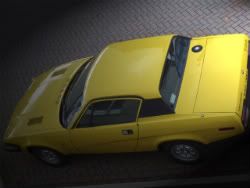
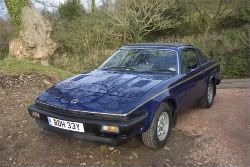
 [img][IMG]http://i615.photobucket.com/albums/tt234/nickmi/TR7%201975/Yellow.jpg[/img]
[img][IMG]http://i615.photobucket.com/albums/tt234/nickmi/TR7%201975/Yellow.jpg[/img]